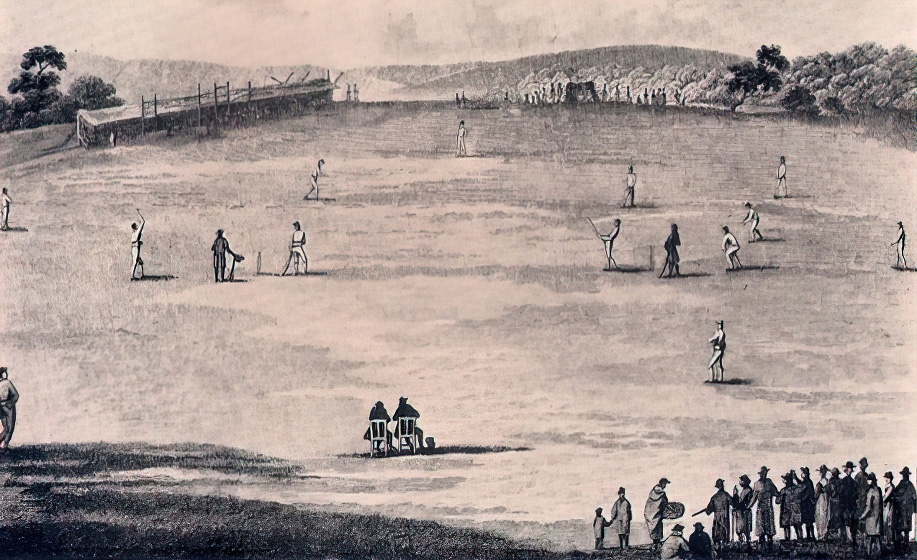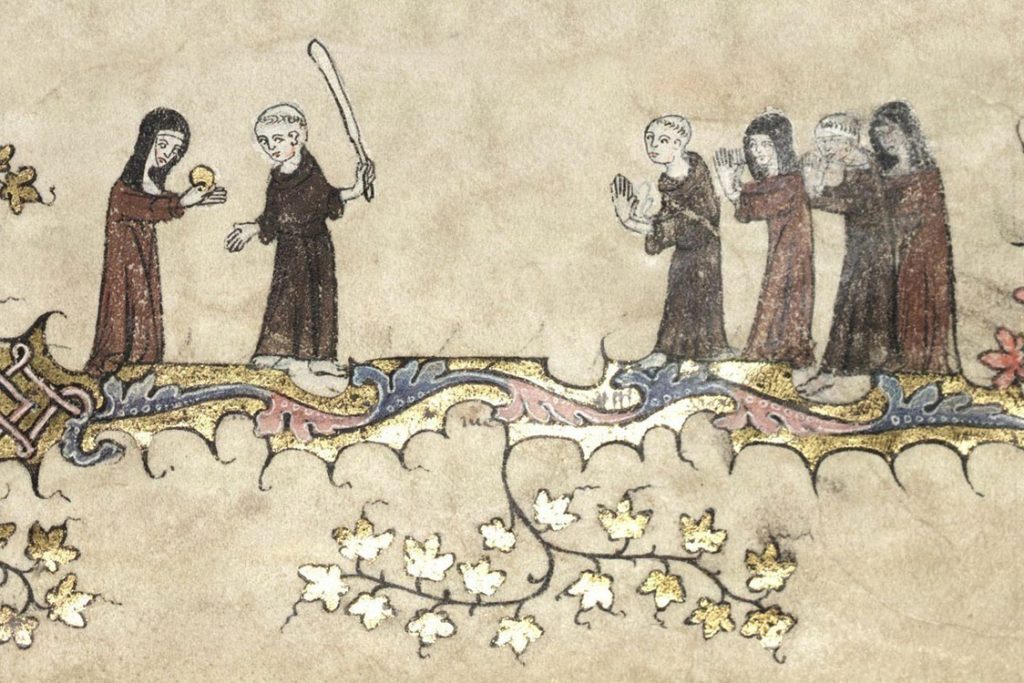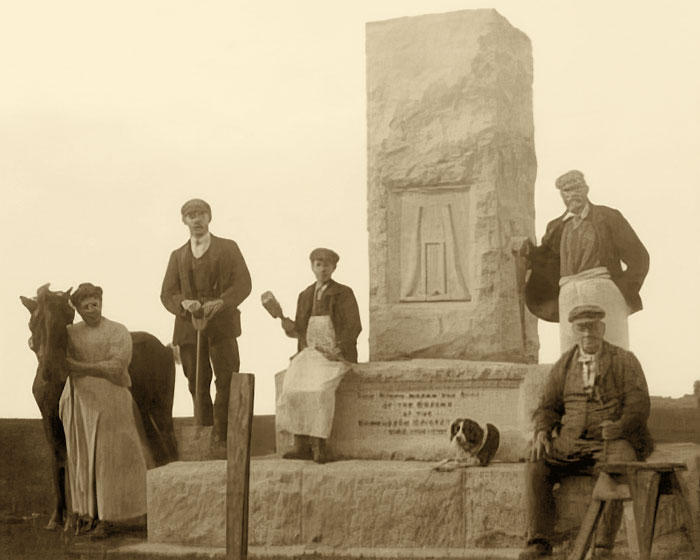Cricket at Hambledon
Much has been written about exactly where and when Cricket started. Its name probably derives from the Saxon “cpyce” – a stick, its origins possibly in club-ball, bat-and-ball and trap-ball. As David Gower says in his foreword to John Goldsmith’s Hambledon “Trying to unravel the exact and true origins of cricket is one of the great medieval mysteries, with much of the answer lying in and around the village now known as Hambledon. It was the Hambledon team of the late 18th century that ‘raised cricket from a sport to an art’, in an era when the local team was more than a match for any All England team, and when it seemed that the Bat and Ball Inn, run by the legendary Richard Nyren, was the centre of the cricketing universe.
The Early Days
It is thought that a Hambledon Cricket Club was founded about 1750. The earliest surviving record of cricket at Hambledon dates from 1756, coming from a passage in “The Oxford Gazette and Reading Mercury” newspaper which advertised the loss of a dog at a cricket match on Broad-Halfpenny Down.
Portrait painting of John Nyren with the following text: John Nyren; Hambledon; 1764-1837; The Bat and Ball. John Nyren, son of Richard, successively landlords of The Bat and Ball and The George Inn, wrote in his ‘The Cricketers of My Time’ (1833), “No eleven in England could compare with the Hambledon, which met on the first Tuesday in May on Broad-Halfpenny. So renowned a set were the Men of Hambledon, that the whole country round would flock to see on their trial matches.”
Reviewing the above book in The Gentlemen’s Magazine, 1833, John Mitford wrote “It was somewhere between the years 1770 and 1780 that a great and decisive improvement took place, and that cricket first began to assume that truly skilful and scientific character which it now possesses. The pretty and sequestered village of Hambledon in Hants, was the nursery of the best players; the down of Broad-Halfpenny the arena of their glory.”
The result of the match in June 1777 when Hambledon took on England and beat them by a whole innings – England mustering 166 runs and 69 to Hambledon’s 403 – epitomises Hambledon’s fame. Ten years later, in 1787, the Mary-le-Bone Cricket Club (MCC) was formed by, among others, the then President of the Hambledon club – the Earl of Winchilsea. So successful was the MCC in attracting prestigious players and patrons that, in the following year, it undertook a revision of the laws of the game which had previously been in the acknowledged guardianship of the Hambledon club. We cannot say we are the birthplace of English cricket, but we are the “Cradle of Cricket”.
The Golden Days
The most famous period of the Hambledon Club was from 1772 to 1796 during which, on numerous occasions, they met and defeated All England including a great victory in 1777 at Sevenoaks when, in a match for 1,000 guineas, they won by an innings and 168 runs. There was great feasting, we are told, on the occasions of great matches when thousands of spectators would flock from miles around to witness what proved to be sporting history. The Club left Broadhalfpenny in 1782 and continued with equal success at Windmill Down – this move presumably due to the ‘General’ of the Club, Richard Nyren, having moved from the Bat & Ball to the George Hotel in the centre of the village, which then became the headquarters of the Club.
Several players of the golden era are buried in the churchyard, including four of the better known, Edward Aburrow, George Leer, Peter Stewart and Thomas Sueter. Regrettably only the grave of the first of these is currently known.
Read more… https://www.hambledon-pc.gov.uk/Cricket/Cricket_History.aspx


